It’s a good idea to have some basic tools and equipment in your car in case of an emergency. A first aid kit, jumper cables, a wrench, and an extra tire are a few necessities. If you enjoy off-roading, owning a winch can come in very handy in case you ever get stuck in some muddy terrain far from a town.
This post will help you understand what’s a winch, how it works, and the different applications for which you can use it. We will also focus on VEVOR Electric Winch, a reliable tool in your kit.
Table of contents
What is a Winch?
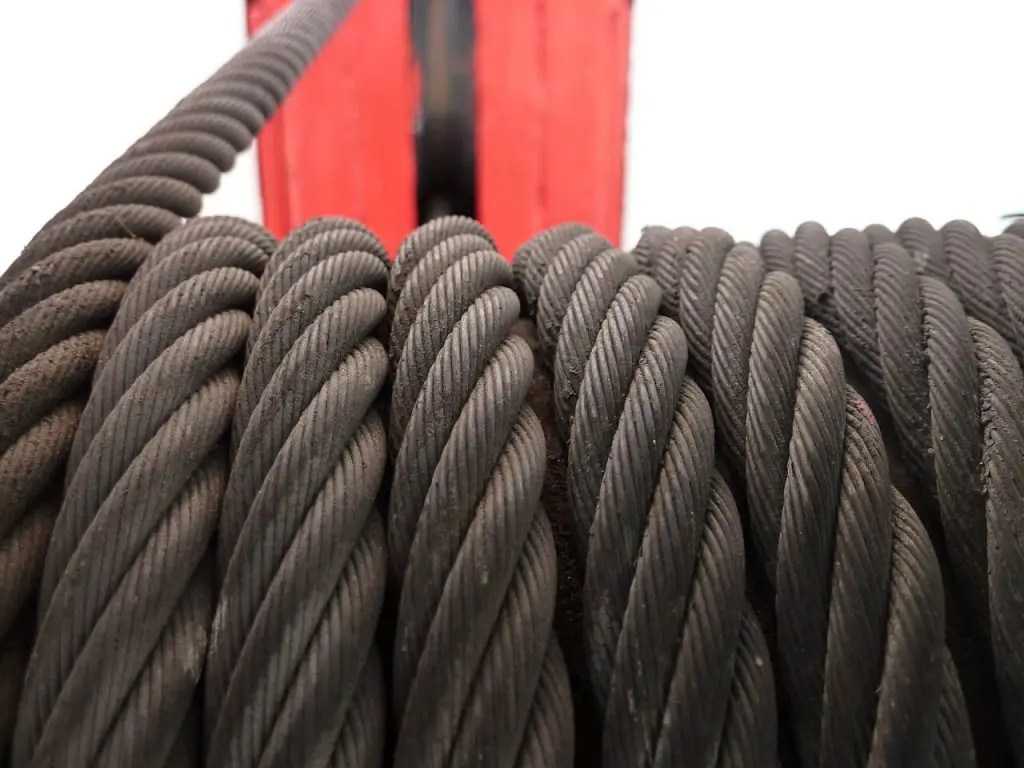
People have used winches to maneuver objects for ages. The Greeks employed them in significant architectural projects, for lifting big objects and hoisting bridges. This technology is still incredibly helpful, especially when your car breaks down.
Winch Definition: What is a Winch Used For?
According to winches definition, it is a device or tool that hauls heavy objects, machinery, or other vehicles using a rope or cable. Usually, it uses a crank or motor to lift its cargo through a hook at the tip of its rope. Winches are often mounted on the front or rear bumper of a car, while some are placed in front of trailers. Whether a car gets stuck in water, mud, on a steep slope, or incapable of moving on its own, a winch’s main job is to use that cable tension to pull the vehicle out of a sticky situation.
Types of Winches: Electric, Hydraulic, and Manual
It’s important to remember that there are various kinds of winches, and you should choose your winch based on the weight of your car. While some winches are limited to 500 pounds, others have the capacity to carry much more weight. Ultimately, everything depends on a winch’s strength, capacity to support a certain weight, and intended use.
Electrical Winches
Electrical winches use an electrical motor that is powered by electricity to power and turn on the motor. Electrical winches are comfortable to use and carry around because they are quite lightweight and simple to install.
They are frequently employed in indoor settings, such as retail malls, where they are used to suspend and support decorations and banners from tall ceilings. However, they are most commonly found in landscaping.
Hydraulic Winches
Hydraulic winches make use of motor pumps, hydraulic systems, and fluid power. When compared to an electric winch, these are among the strongest winches because they have great durability, loading ability, and electrical efficiency.
Hydraulic winches are the best choice for transporting vehicles, massive freight, or vessels because of their reliable pulling force. They are appropriate for use in the logistics and maritime sectors.
Manual Winches
Manual winches use a g barrel axis and handle to lift light objects off the ground. These manually powered winches can be utilized in damp environments and in places without electrical connections, such as forests. The arbor industries frequently use them.
How Does a Winch Work?
Now that you know what’s a winch, let’s get to the inner workings of how it works. We’ll cover the key components of a winch and the science behind winching.
Key Components of a Winch
Here are the main parts of a winch:
- Motor: The machine’s gears are driven by the motor. Electric motors come in two varieties: series-wound motors and permanent magnet motors. Series-wound motors are stronger and more long-lasting, thus they are used for greater loads whereas permanent magnets are typically used for lighter loads.
- Gear: The machine functions mostly because of the gears. Spur gears are less common than the other two and have a lower drawing force. They have no braking system, but they are efficient. Planetary gears can operate efficiently with larger loads. Their drawback is that they don’t have an internal braking system, so you’ll need to use an external brake to stop them safely. Finally, worm gears are trustworthy due to their ability to support large loads with an integrated braking system.
- Rope or Cable: The cable is the part that is attached to both the vehicle and the anchor and that enables you to connect and extract the latter from a difficult situation. You need to think about the pulling power your winch can handle before choosing one. For instance, if your machine can pull 4,500 pounds, the breaking strength of the rope cannot be less than 9,000 kg.
- Drum: The drum is a tube that has two flanges on it. A clamp secures the cable to the drum. It keeps the cable safely stored in the winch.
- Solenoids: The parts that control the motor’s on and off states as well as the direction in which the rope or cable pulls are called solenoids. Depending on the motor, a single winch often has two or four solenoids.
The Science Behind Winching: Force and Leverage
Let’s understand the principles of force and leverage in winching. A winch’s physics is quite straightforward. The rope or cable spool winds around itself when torque is supplied to it by turning the motor.
The rope or cable’s tension rises as the spool rotates. This tension is then transmitted to the object at the other end of the rope, giving the lift of the object its power. The force exerted on the object will increase with the tension in the rope or cable.
Winch Applications: Where and How to Use Winches
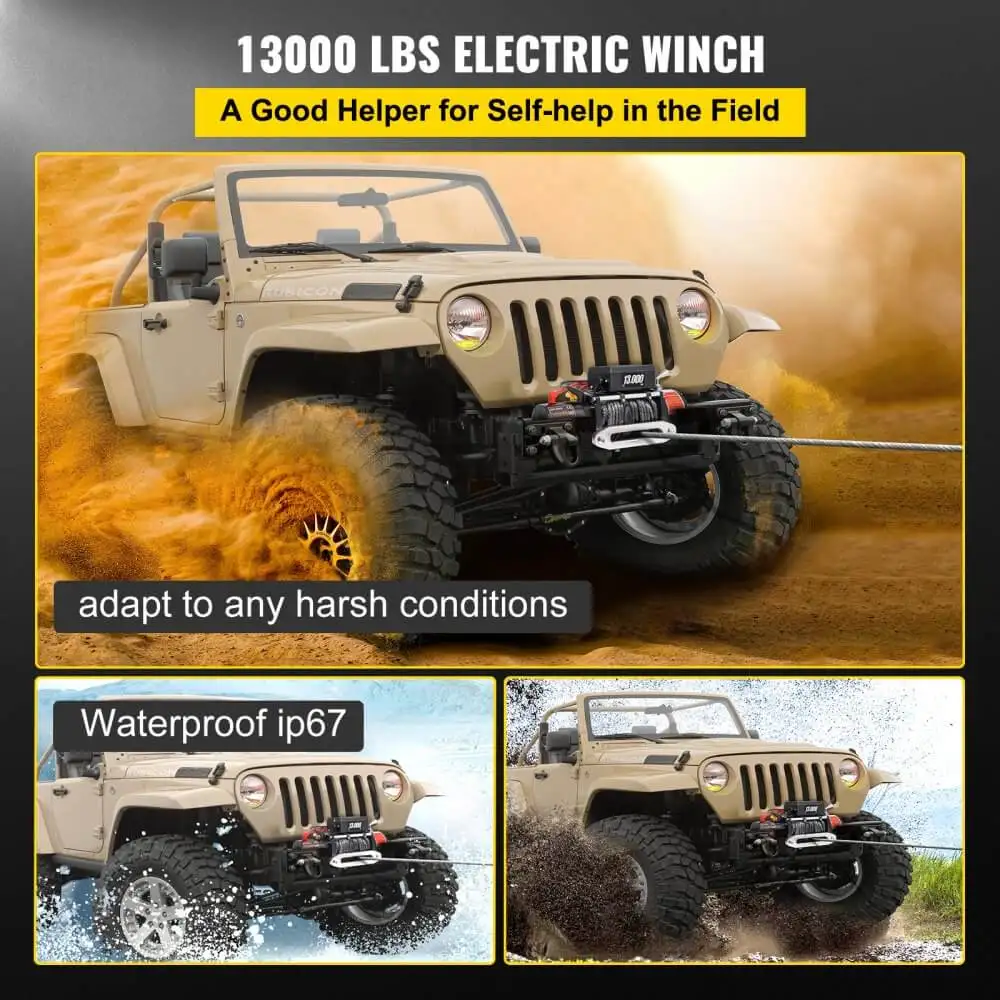
Now that you understand what is winching and how it works, let’s see where these winches can be used.
Winches in Off-Roading and Vehicle Recovery
When you go off-roading, you need to carry all the essential tools you might need if you wind up on a lonely highway with a flat tire and no one in sight to help you. Winches let you tow cars out of dirt, mud, snow, rocks, and more.
Industrial and Commercial Uses of Winches
Winches are used in various industries such as:
- Construction: Winches are used in construction sites for lifting heavy materials such as steel beams, concrete blocks, and other building materials. In warehouses and factories, winches are used to move heavy items, load and unload goods, and position machinery.
- Mining: Winches are used to haul up ore and other materials from deep underground. They can prove to be helpful for rescuing trapped workers or moving large debris in case of an emergency.
- Marine and Offshore Applications: Winches are used to manage the anchors of ships and offshore platforms to ensure stability and safety.
- Forestry: You can use winches to drag logs out of forests and transport them for processing.
- Telecommunication: Winches are essential for laying underground cables and pulling cables through conduit systems.
Recreational Uses: Boating and Camping
Winches are useful in many recreational activities. In boating, they help control anchors and adjust sails. They also assist with towing ropes in water sports like wakeboarding. For camping, winches are crucial for vehicle recovery when stuck in mud or sand. They make setting up tents and shelters easier by tensioning ropes.
Hunters use winches to pull heavy game, and anglers rely on them for launching and retrieving boats. Overall, winches improve safety in outdoor adventures.
Why Choose an Electric Winch?
Electric winches, as their name implies, are merely driven by electricity and are renowned for their user-friendly and adaptable design. They are appropriate for both small- and large-scale tasks because they are available in a wide range of sizes. Let’s discuss the benefits of electric winches.
Benefits of Electric Winches
Electric winches offer reliable and consistent power delivery. They are perfect for jobs that call for control and precision. Electric winches are quite effective whether you’re lifting building supplies or reclaiming a car after an accident.
Using an electric winch is quite easy; all it takes is a push-button remote to guide users through the winching procedure. Electric winches are a great option for tasks that require repeated starts and stops because of their user-friendly interface.
Electric winches typically require less maintenance than their air counterparts. They have fewer moving components, which lowers the possibility of future mechanical problems. This useful feature will help you finish your project more quickly because it will reduce downtime.
Features of VEVOR Electric Winch
Now that you understand what is winch and how you can benefit from one, let’s take a closer look at its features. The VEVOR winch has a load capacity of 13,000 lbs (5,897 kg) and a 4.6 KW motor. It features a 265:1 gear ratio with a strong motor and 3-stage planetary gears for better pulling power and speed. This winch is ideal for cars, boats, trucks, jeeps, modified vehicles, and utility trailers.
The electric winch comes with a durable synthetic rope that is 80 ft long and 9.5 mm thick in diameter. This helps for quick recovery from mud, breakdowns, and beach stranding. The winch includes a precise wireless remote control for easy operation without terrain or weather restrictions.
It also has a one-handed controller. It is made of heavy-duty steel, which makes the winch strong and durable. This winch is perfect for off-roading, ATV recovery, rough terrain, loading boats, heavy lifting, fishing, and roadside assistance.
How to Use a Winch Safely
Safety comes first in almost all automotive activity. Winching can be quite harmful to you and anyone around you if done improperly. Anything can go wrong when thousands of pounds of steel are being handled by a nylon or steel strap. Instead of becoming a statistic, use these fundamental guidelines and pointers to operate your car’s winch securely.
Pre-Use Inspection and Preparation
When you have to tow your car out on your own, using a motorized winch often entails the following steps:
- Check the winch for any visible damage or wear.
- Inspect the synthetic rope or steel cable for frays, kinks, or corrosion.
- Find the plug at the end of the cable and attach it to the winch in order to insert the remote control into the winch.
- Put on safety gloves to safeguard your hands when handling the rope.
- Secure the winch to a sturdy object, like a rock or another car.
Safe Winching Techniques
Follow these steps for safe winching:
- Use the disengage lever located outside the winch to release the winch rope. Either “free spool” or “disengaged” should be displayed.
- After pulling the cable all the way to the anchor, wrap the anchor with a nylon strap.
- Attach a D-shackle to the nylon strap and fasten the winch to it with its tip facing upwards.
- Engage the lever in the same manner as you released the winch rope.
- Get out of the car. Pull the winch cord with the remote.
- After making sure no one is nearby, clear the area and use the remote to winch your car slowly.
Common Winching Mistakes to Avoid
People make many mistakes during the actual winch rope handling process. Maintaining strain on the line while it is powered in or out of the winch drum is essential. The line will kink on the drum and wrap back on itself if there is slack in it while the winch is operating. It is always appropriate to have one or two hands on the rope and a small amount of body weight on it when powering out or under tension.
The following basic safety precautions should always be followed: wear gloves at all times, keep a safe distance from the fair lead, communicate verbally and nonverbally with the driver using the winch controller, and never allow the rope to pass through your hand.
Finally, using insufficient winch rope is a common error. In fact, your winch performs better when you don’t focus all of your effort on the first twenty feet of rope. Your winch motor needs less effort when the rope is pulled out to the drum’s bottom layer.
Additionally, you can bring in more rope on the side of the drum before having to reset. When you are 40 percent or less of the length of the winch line away from the anchor point, look at anchor locations that are farther away or utilize your pulley block.
Maintenance and Care for Your Winch
You need to understand the winch meaning before you operate it. You must take good care of your winch to make sure that it works smoothly and for a long time.
Regular Inspection and Cleaning
Maintaining your winch is straightforward when you follow a few simple guidelines. Here is a winch maintenance checklist for you:
- Examine the cable for damage or kinks before and after each use.
- Replace the cable the moment you see any damage.
- Verify that the cable is clean, dry, and clear of any dust or debris that could harm the drum.
- Make sure the cord is equally and properly spooled onto the drum.
- Make sure the electrical outlets and connections are in proper working order by checking them frequently.
- Check that there is no debris or dust on the electrical outlets.
- If you don’t use your winch much, power it in and out once a month to give it a checkup and to produce some heat to keep moisture buildup at bay.
- Make sure the mounting bolts are strong and tight by checking them frequently.
Lubrication and Cable Care
Winch cables typically break at their center. This is due to the fact that the inner section of the wire is frequently corrosive and poorly greased. Core corrosion is hard to spot and track, which makes rust prevention even more important because you never know when the rope will break!
Although most winch cables are lubricated at the factory, this lubricant is only sufficient for the cable’s initial storage and the first few years of its working life. Proper lubrication of winch cables is crucial to reduce friction between the various wire strands and to offer defense against rusting. In order to stop corrosion, you should lubricate your wires at least once every six months with a light oil or penetrating chemical.
Storing Your Winch
Winches need to be kept dry and off the ground for storage. Winch cables come on reels, which is where they should be kept for storage as well. A winch cable can be conveniently transported by storing it inside an old automobile tire if a reel is not available.
Conclusion
Winches are useful in a wide range of industries. You can use the smaller ones for personal applications while businesses or manufacturing industries use the larger ones. Choose the ideal winch for you from VEVOR’s wide range of sizes, features, and options. Check out VEVOR’s website to get reliable winch options.


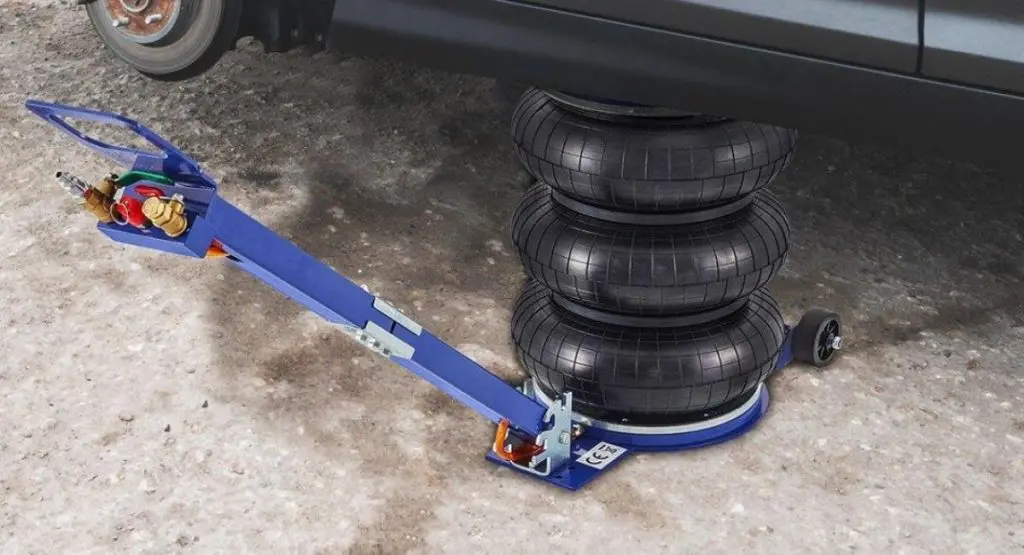
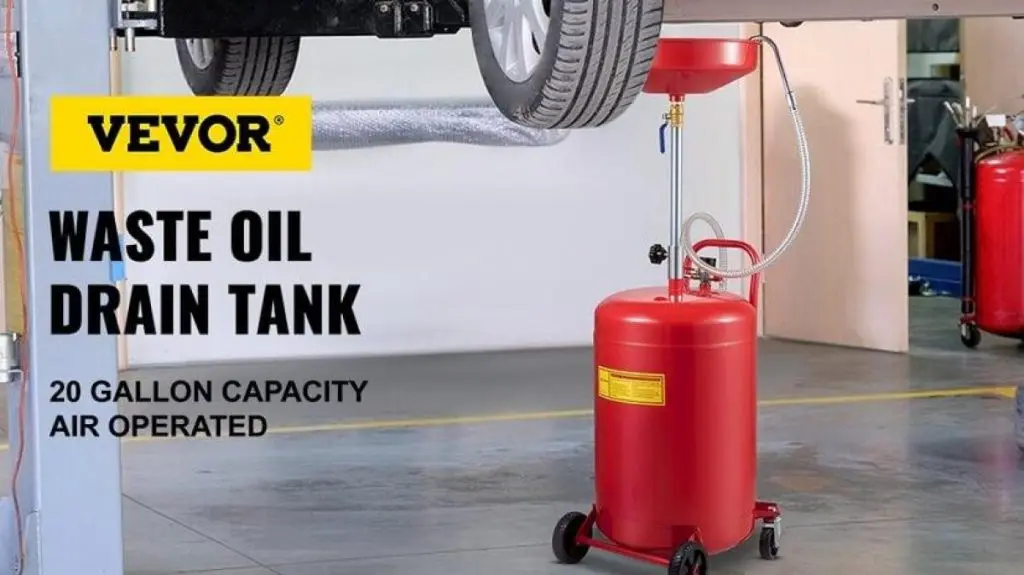
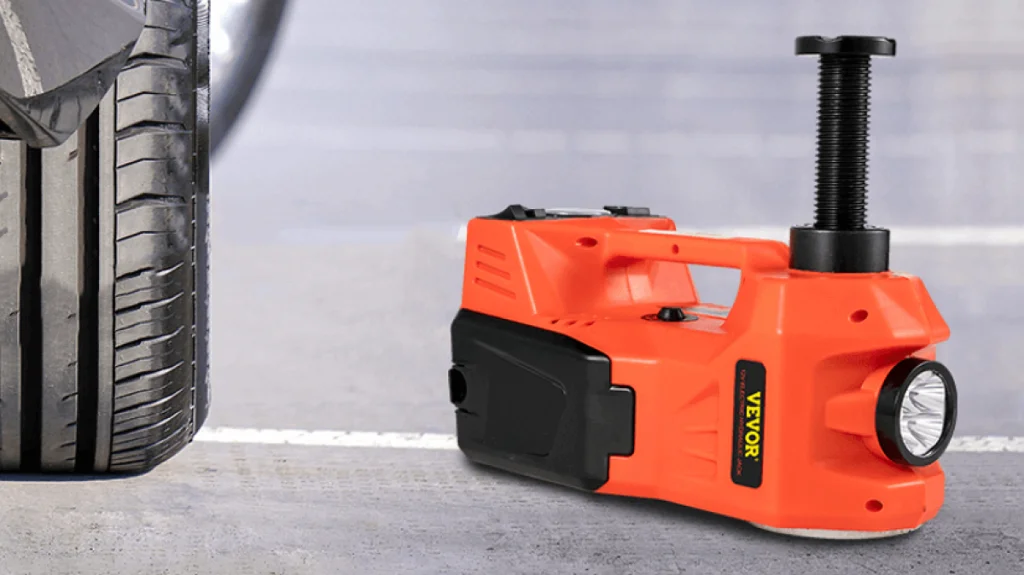
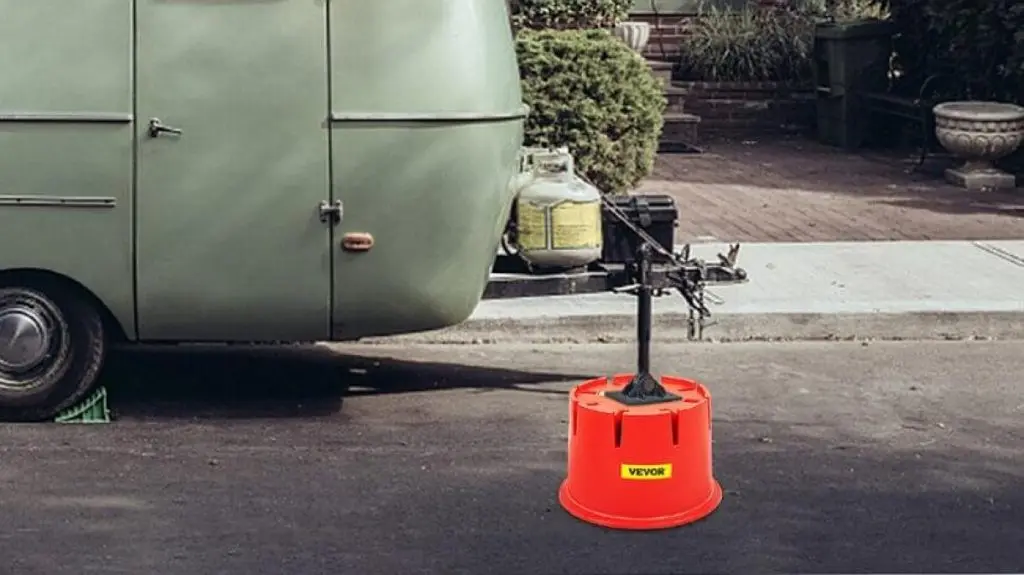
 Arabic
Arabic Danish
Danish Dutch
Dutch English
English Finnish
Finnish French
French German
German Hungarian
Hungarian Italian
Italian Norwegian
Norwegian Portuguese
Portuguese Romanian
Romanian Russian
Russian Slovak
Slovak Spanish
Spanish Swedish
Swedish